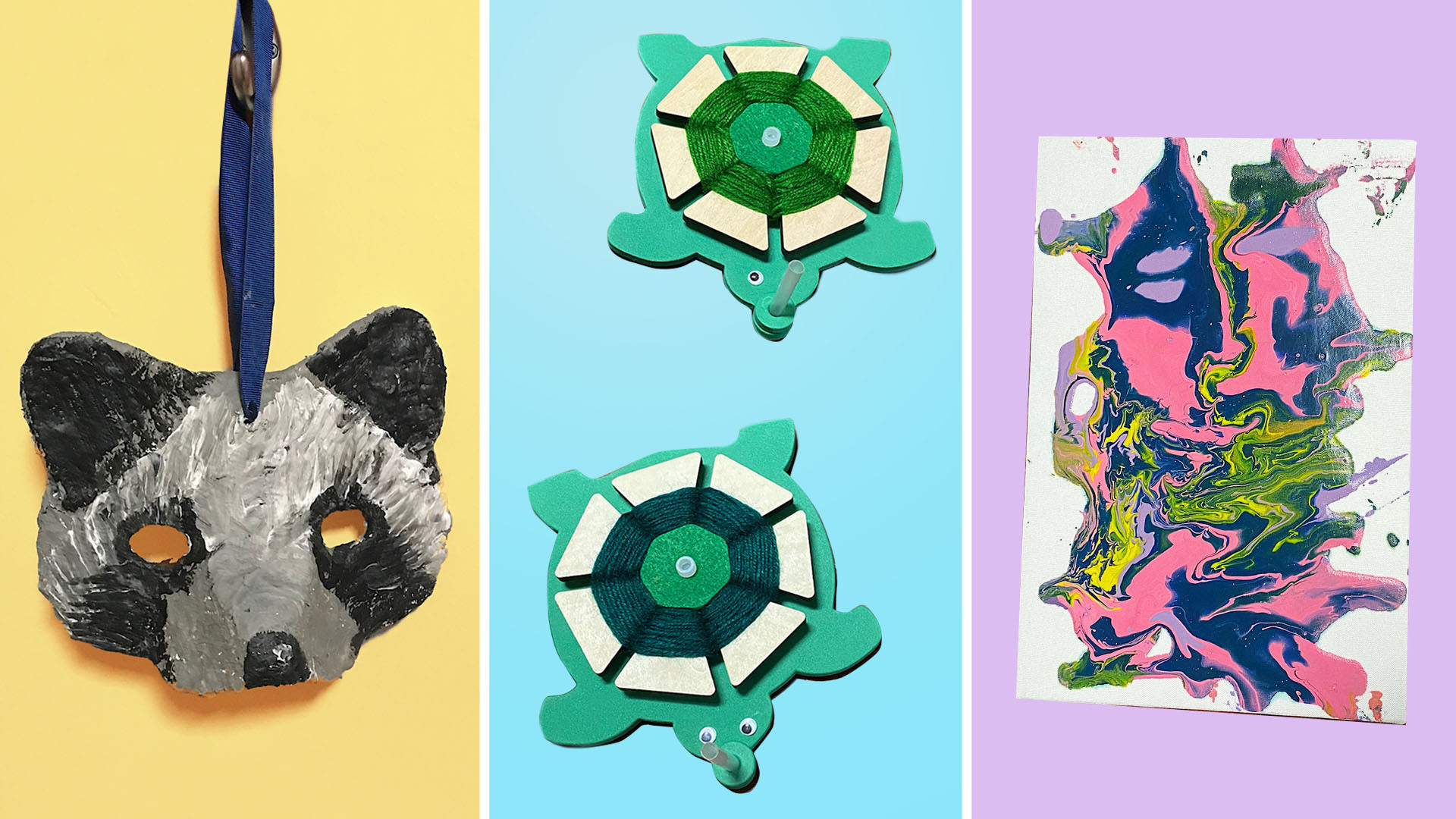
There's nothing sweeter than when a child brings you their artwork and tells you that they made it just for you! With school starting, you may be anticipating an influx of such artworks, and even wondering just what to do with it all, because there is only so much space on the fridge! Luckily, 2D artworks are more easily preserved, but what do we do with all of the amazing creations we have thanks to our KiwiCo subscriptions? I have a few ideas for you, so read on to see how we solve this problem in our home!
Drawings, Paintings, and Other 2D Artworks
We have quite a few ways that we preserve our 2-dimensional works. There is always the option to frame them for display, or we have a gallery wall in our home where we display the artwork for a while, and then once it needs a refresh, I save my favorites and date them before filing them away in an expanding file folder like this one. If you need something a little more substantial, you can also go with an actual art portfolio like this one. While this system works well for the many drawings and paintings they create, there are also some great ways to preserve your files in a more professional manner.
Artkive
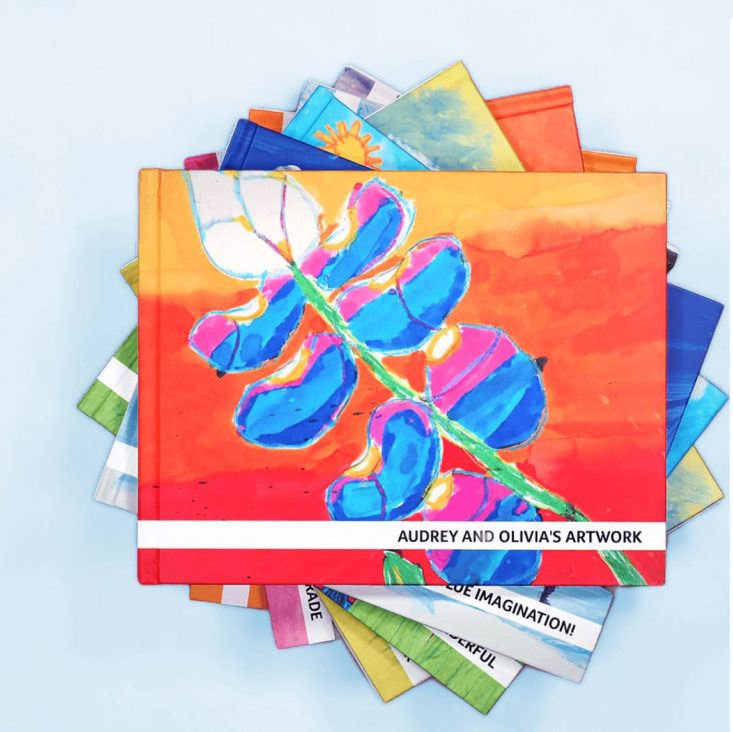
Image from Artkive
Artkive offers the option to send in your child's artwork and have it turned into a book or a framed mosaic. They'll send you a box to fill up with your child's artwork and then they will professionally photograph each piece and compile it into whichever format you prefer. You even get to review it, edit and approve it before it goes into the final process. Boxes start at $39 with free shipping and will hold 300-400 pieces of art. You can choose upgrade options like having the artwork returned to you or receiving all of the images on a USB drive and then you'll pay for your keepsake separately with books starting at $75 and framed mosaics starting at $189. The whole process does take about 6-8 weeks, but there is also another upgrade option for rush processing!
Keepy

Image from Keepy.
Now, if you are more into keeping it all digital, and even inviting your friends and family to enjoy your child's artwork, you can use a free app like Keepy. You can save and organize their schoolwork, photos, videos, and anything important straight to the app and invite others to share these mementos with you. They can comment on them via voice, video, or text, and of course, you have the option to get your favorites printed in a photo book or on canvas, or turned into a photo gift or calendar. The app is very user-friendly, and you can add profiles for multiple children, and give another parent permission to add their own photos to the app as well. Pricing starts at $3.83/month but they have different pricing options to meet your needs.
Canvsly

Image via Canvsly.
Another great app option is Canvsly, which costs $2.99 on the App store. The app is very similar to Keepy in that it allows you to organize and store photos of your child's artwork and easily share it with others, although it doesn't seem to be quite as user-friendly based on user reviews. It also lacks some of the features from the other app, although you still have the same option to turn your child's artwork into photo gifts, books, or canvas prints, as well.
Preserving 3D KiwiCo Projects
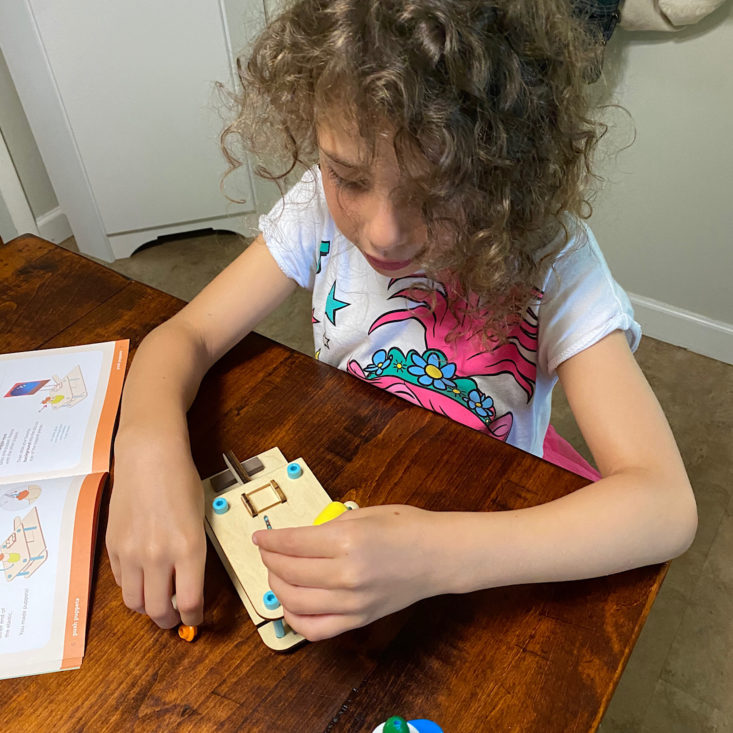
Image from our Kiwi Crate review.
You may be familiar with how many different lines KiwiCo has to offer:
- Panda Crate for 0-24-month-olds,
- Koala Crate for 2-4-year-olds,
- Kiwi Crate for 5-8-year-olds,
- Atlas Crate for 6-11-year-olds,
- Doodle Crate and Tinker Crate for 9-16+-year-olds,
- Eureka Crate and Maker Crate for ages 14 and up.
My family has been reviewing several lines for a few yeBerears now, which of course, can really start to add up! We have an older house with not many storage options, so you can imagine that after reviewing Doodle Crate, Atlas Crate, Tinker Crate, Eureka Crate, and Kiwi Crate for months at a time, the projects can really start to accumulate and take up space. While I am definitely a believer that the process is a big part of the fun and learning experience, my children take pride in their work, and it only feels right to display them for at least a little while. Since the types of projects can vary so much, there are a few different ways we solve this problem in our home.
Artkive for 3D Artworks

Image from Artkive
Before I get into what we do at home, I think it's definitely worth mentioning that those special 3D projects can also be sent to Artkive for professional photographing and then turned into a photo book, mosaic, or whichever keepsake you'd like! You'll just have to make sure that you wrap your pieces carefully if they are fragile and Artkive will take care of photographing the artwork from an angle so that they can show off your child's masterpiece with depth!
3D Art Projects
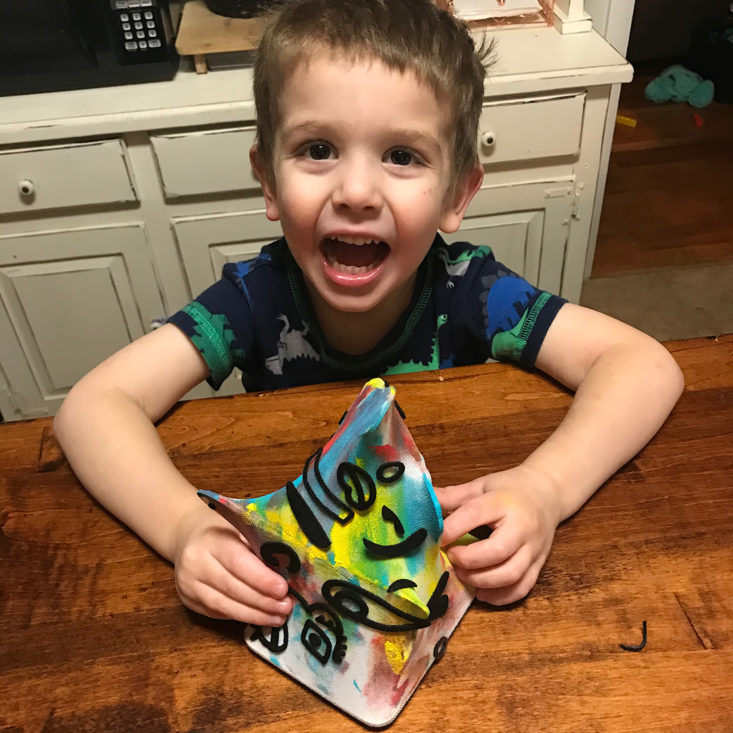
Image from our Atlas Crate review.
This cubist sculpture that my son made is one of my favorite projects that he completed, and it is still on display on a top shelf in our homeschool room. This is one of the projects that has held up well over time. For those that haven't held up so well, let's just say that those tend to "disappear" overnight in our home. While I wish I could display all of the artwork year-round, there are some that have a more seasonal feel to them, so I will put them in a box with our seasonal decor. This is a great way to keep their artworks that they are proud of, and give them ample display time each year.
Functional Art
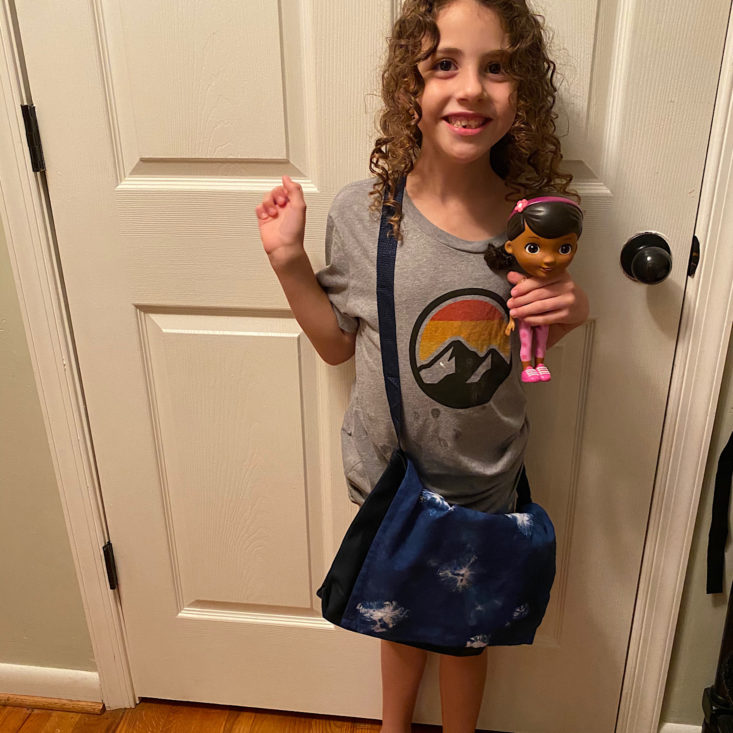
Image from our Doodle Crate review.
By far my favorite kinds of projects are those that are functional and can actually be used. Both Atlas and Doodle Crate are great lines for this type of project! This Shibori messenger bag that my daughter and I made together is one that she still uses to this day to store her toys in. It would have also made a great gift for a grandparent or aunt, which is another clever way to clear out some space. Atlas Crate has had us creating different style bags using techniques from all over the world, and for the ones that we can bear to part with, they have made some great gifts due to the unique and artsy nature of the bags!
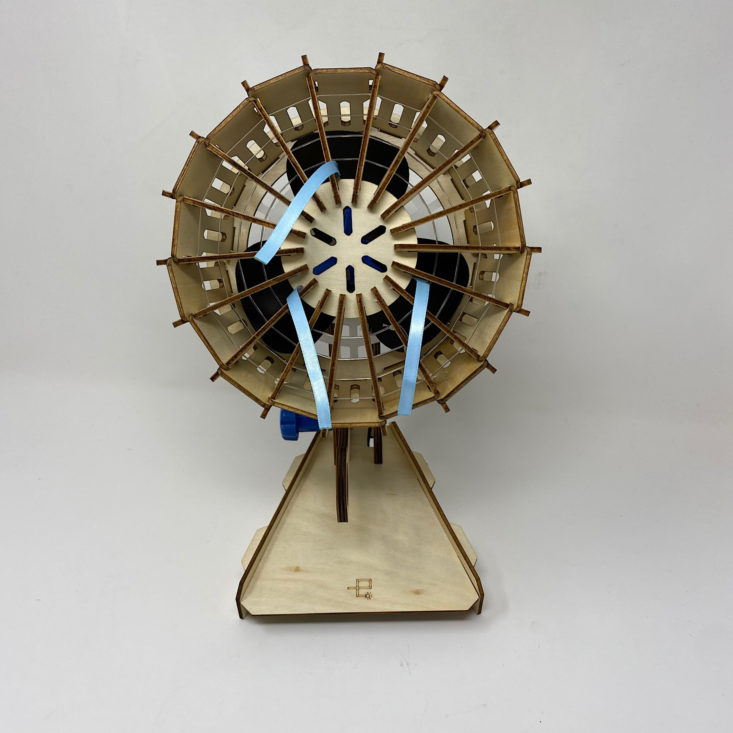
Image from our Eureka Crate review.
Eureka Crate is another box that has provided us with many large but functional projects that some might find difficult to store. Some have gotten broken over time and were disposed of, but others are actually functioning and being used in our home to this day, and are stored in our toy room. This includes a lantern/flashlight combination that they use for play camping, a ukelele that lives with the rest of our toy instruments, and a portable fan that we keep in our school room to provide us with some air on a warm day!
Games and Toys

Image from our Tinker Crate review.
Tinker Crate is the line that I find most difficult to store the projects, and this is one where I think the experience is by far more important than the final project, so often times we will recycle (toss!) some of these projects once we have gotten enough good tinkering and learning time out of them. This parabolic microphone was the perfect example of one such project. It served a purpose for sure, but once our next box arrived and we were ready to move on to a new concept, this one got the boot.
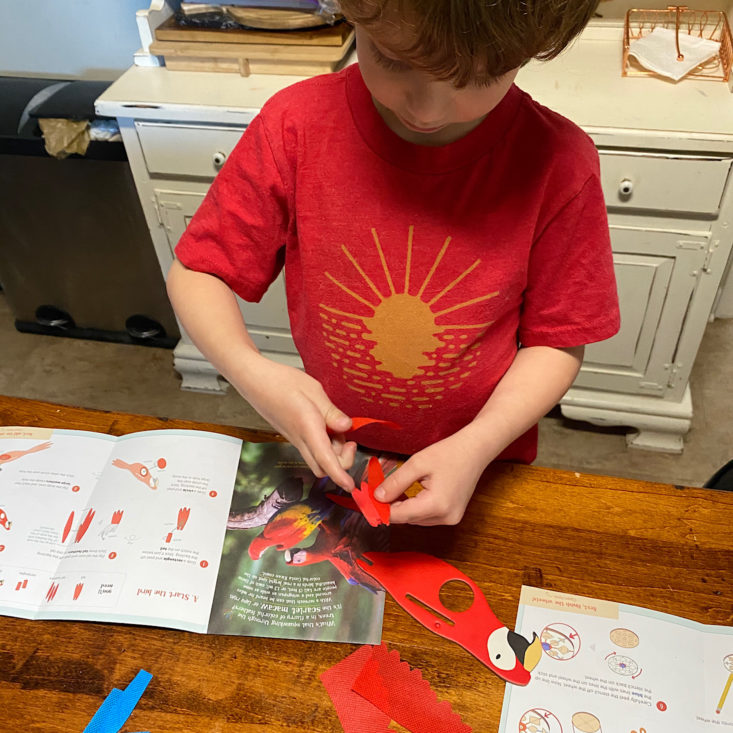
Image from our Atlas Crate review.
Atlas Crate often has us creating little toys and animals, and for the most part, I let the kids keep these in their rooms and we just let them run their course! Some of them they worked rather hard on, so it's nice for them to be able to display them or use them as toys. My son absolutely loved this scarlet macaw and had him hanging in his room until he decided to use it as a toy. By now, I think he is missing some feathers which means he may be headed for the bin on our next big clean-up.

Image from our Atlas Crate review.
Atlas Crate is also famous for sending us games, but fortunately, these are usually small enough that I can place the games in a Ziploc bag with their instructions, and add them to our game closet!
Key Takeaways
Now that I've given you some ideas about what we do with our projects when we're finished with them, let's recap:
- Use an app or service like Artkive to store photos of their artwork and turn them into digital files, art books, or photo gifts.
- Use them as decor in your home, and find ways to switch them out seasonally.
- Give them as gifts to your loved ones for them to cherish.
- Use more functional projects as they are meant to be used throughout your home.
- Let the kids get their use out of them, even if this means they get destroyed over time, and then toss them when the time comes.
- Swap out some of the harder-to-store projects when your next box gets here.
- Store the games in bags and add them to your game collection.
Hopefully, this has given you a few ideas on what you can do with all of those projects when you're finished with them!
Ready to sign up for a KiwiCo crate? Don't forget to take advantage of our special promos.
What do you do with all of your KiwiCo projects when you're finished with them?


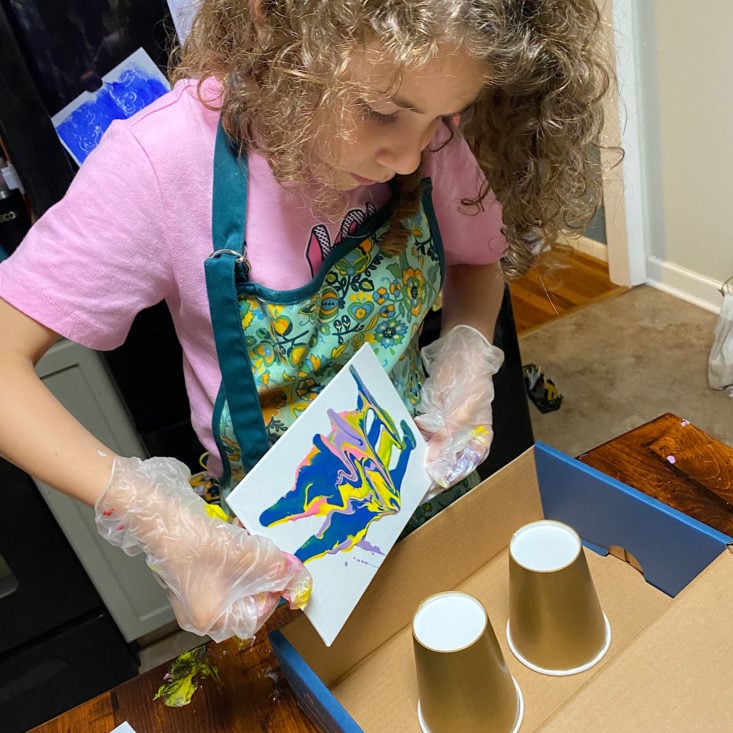
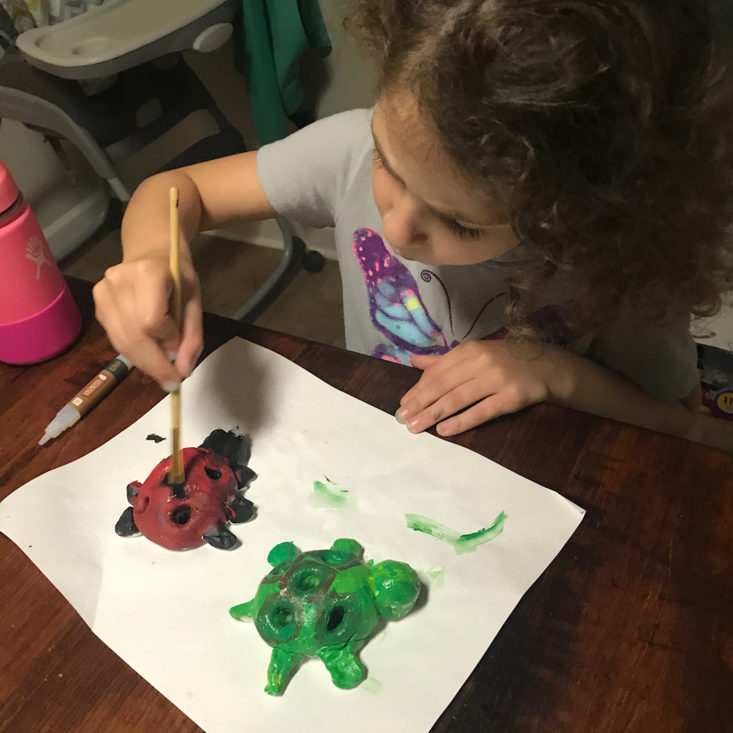



Please do not enter your email address in the Name field or in the comment content. Your email address will not be published. Required fields are marked *. Remember to post with kindness and respect. Comments with offensive language, cruelness to others, etc will not be approved. See our full comment policy here.